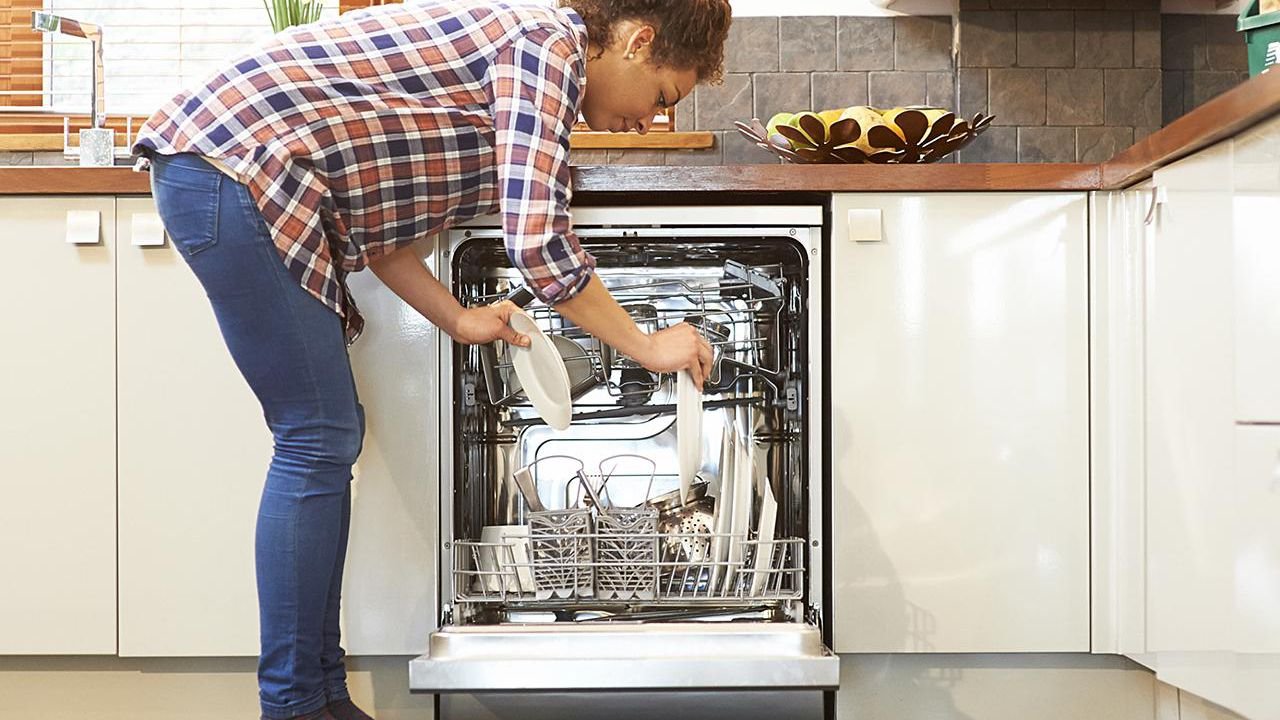Dishes are cleaned thoroughly in a decent dishwasher. They’re also dried in a fantastic dishwasher. While it may seem easy, drying dishes after using a dishwasher isn’t. Dishwashers aren’t all equal. Dishwasher companies use four main drying techniques to make their dishes droplet-free, and we’ve seen all of them in the ten years we’ve been researching and testing them.
Why Is It Essential To Have a Dishwasher That Can Also Dry Your Dishes?
Talking about how best dishwashers dry dishes when you can wipe them down with a towel is pointless since you can get the same result. However, there are some convenient reasons for you to consider the drying ability of your dishwasher when purchasing a new one. You should be aware of how your dishwasher’s drying technique impacts your health and your money. So if you use a dishwasher to clean plastic toys, humidifier tanks, or teething rings, make sure they’re completely dry before putting them away in the dishwasher again. Mould and mildew may grow in places where water is trapped and cannot be removed with a towel. When anything grows mould, the best course of action is to toss it and start again. It also results in monetary loss for you.
Evaporation Is The First Technique
When it comes to drying dishes, nothing beats the simplicity of air drying. After the wash cycle is complete, a mechanical arm opens the dishwasher door, enabling any moisture accumulated to be released. You may do this by hand if your dishwasher doesn’t open automatically. Doing so soon after the cycle has finished, since hot water evaporates much faster on hot plates. While this technique uses virtually little energy, drying dishes takes longer, and there is no guarantee that all of the dishes will be completely dry.
a Heating Element Powered By Electricity
Electric heating elements in dishwashers are by far the most frequent kind that you’ve encountered. For example, consider the following scenario: To dry dishes, an electric coil (similar to the one on a stove) is used. It has the benefit of being straightforward and not requiring complex engineering. Entry-level dishwashers are more likely to include this feature. Electric heating components have two drawbacks, though. Since all heat flows from one place, the bottom rack has an advantage in drying dishes since it receives more heat, while dishes on the top or third racks may remain wet longer. Second, anything made of plastic that comes into contact with the heating source will melt. Avoid a tangled clean-up by keeping plastic goods on the top shelves of the refrigerator.
Drying With Hot Air
Dishwashers with heated air dry systems use a heating element in conjunction with a fan. An electric element warms the air, and a network of fans and vents distributes it evenly—this aids in drying all of the racks’ plates and bowls. When we evaluated heated air-dry versions, the place settings, flatware, and serving utensils were cupboard-ready when they came out of the dryers after usage. But Tupperware was a problem for some people.
Zeolite Is The Fourth Method
When zeolite, a mineral, comes into contact with water, it generates heat. Zeolite is the best and most efficient drying technique we’ve found when testing dishwashers in the lab. The Bosch SHPM88Z75N, dubbed CrystalDry by the company, was used to test the technology, which dried everything from Tupperware lids and lips to the interiors. If drying dishes with a towel or worrying about moisture buildup in dishwasher items is something you hate, you should look into a dishwasher that uses zeolite.
Read More:- https://fitgears.in/best-resistance-band-in-india/
